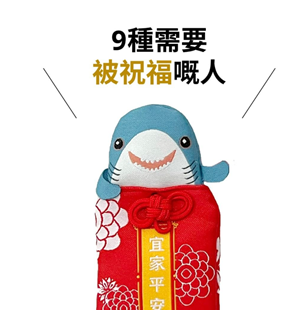Quick Guide to Influencer Whitelisting
Influencer Whitelisting is a way of creating paid ads on social media accounts - Influencers grant their accounts’ advertising permissions to the brand, this gives control to the brand over the parameters of the whitelisted ad.
How is it different from brand-owned ads?

The major difference is, on influencers’ accounts, you often come across posts/stories tagged at the top as “Paid partnership with [Brand]” on Instagram, or “[Influencer] with [Brand]” on Facebook. This influencer-generated content (IGC) will be utilized in brand-owned paid ads and marketed through diverse channels, which will run under the brand’s account. Whereas whitelisted ads allow brands to run paid ads under influencer’s accounts, the post/story will be tagged at the top as “Sponsored” only.
What are the conveniences of Influencer Whitelisting?
- Target who to reach among influencer’s followers and even those lookalike audience, which will gain the brand more exposure to new audiences
- Able to edit influencers’ post/story copy and creative, e.g. add call-to-action buttons, so brands can launch more varieties of content to conduct A/B test, without flooding influencers’ feed
- Monitor insights and customize parameters through Ads Manager, enabling brands to track conversion and funnel visibility
Where to whitelist influencers?
It can go both ways:
- The influencer has to share whitelisting permissions through Facebook Business Manager, which is linked to the influencer's Facebook page or Instagram account.
- Through its Business Manager, a brand can request to add the influencer as a Business Partner, and the influencer will need to accept on his/her side to complete the process.
How is it different from brand-owned ads?
The major difference is, on influencers’ accounts, you often come across posts/stories tagged at the top as “Paid partnership with [Brand]” on Instagram, or “[Influencer] with [Brand]” on Facebook. This influencer-generated content (IGC) will be utilized in brand-owned paid ads and marketed through diverse channels, which will run under the brand’s account. Whereas whitelisted ads allow brands to run paid ads under influencer’s accounts, the post/story will be tagged at the top as “Sponsored” only.
What are the conveniences of Influencer Whitelisting?
- Target who to reach among influencer’s followers and even those lookalike audience, which will gain the brand more exposure to new audiences
- Able to edit influencers’ post/story copy and creative, e.g. add call-to-action buttons, so brands can launch more varieties of content to conduct A/B test, without flooding influencers’ feed
- Monitor insights and customize parameters through Ads Manager, enabling brands to track conversion and funnel visibility
Where to whitelist influencers?
It can go both ways:
- The influencer has to share whitelisting permissions through Facebook Business Manager, which is linked to the influencer's Facebook page or Instagram account.
- Through its Business Manager, a brand can request to add the influencer as a Business Partner, and the influencer will need to accept on his/her side to complete the process.
To stay tuned on influencer marketing strategies and tools, register on Popared now to receive more news and insights!



Comments
Post a Comment